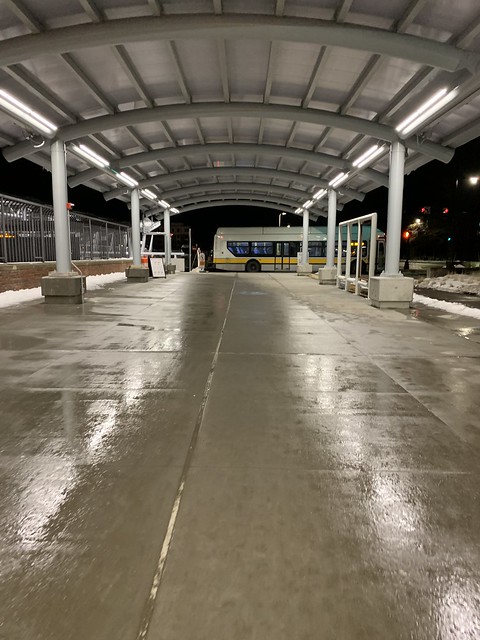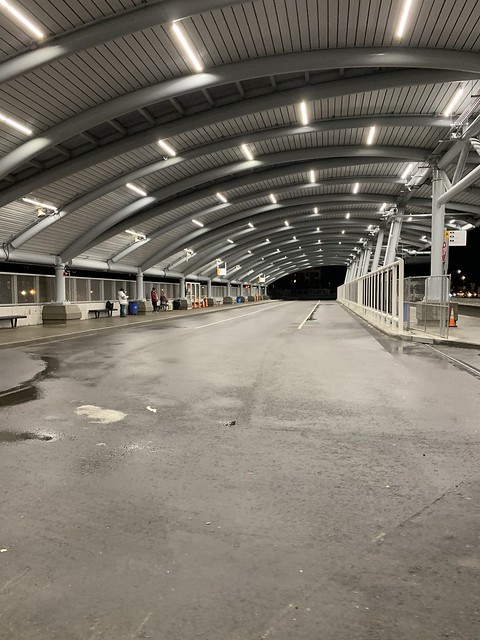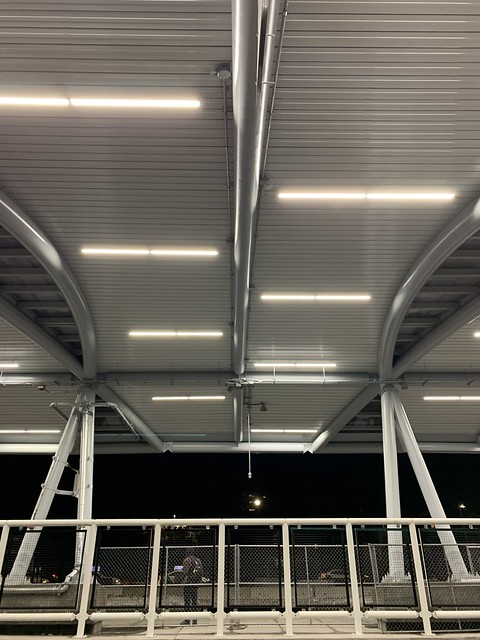HelloBostonHi
Senior Member
- Joined
- Apr 17, 2018
- Messages
- 1,480
- Reaction score
- 4,113
The bus depot adds a lot of time for through routed buses. Maybe they are moving in the direction of only having terminating routes use the depot, shaving a few minutes off the schedule for the others. Or perhaps it's just through routed buses that do not have a significant ridership share board/deboard at Ruggles that will skip the depot.
See I would be fine with through routed buses without significant ridership at Ruggles bypassing the busway but their own route profile of Route 8 shows that Ruggles is the single highest ridership stop on the entirety of Route 8.
I would rather see them adjust the timing on the traffic light at the end of the Ruggles bus loop, switching the buses to go before the pedestrians, and maybe making the pedestrian cycle request only after maybe 9/10pm, I think its ridiculous that buses trigger the pedestrian cycle even at 11PM/1AM etc and have to sit there for the invisible peds to cross in the 25 second cycle. I think that would have a larger impact...




